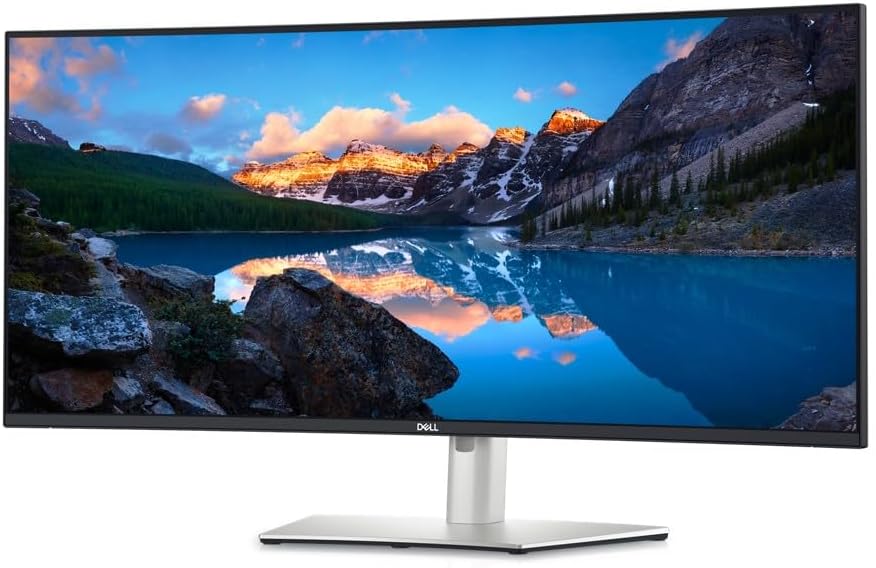1-The Great Debate: Ultra-Wide Monitors vs Multiple Monitors
As technology continues to advance, the way we work and interact with our computers has undergone a significant transformation. Two of the most popular trends in recent years have been the adoption of ultra-wide monitors and the use of multiple monitors. But which one is superior? In this article, we'll delve into the pros and cons of each option, but ultimately argue that ultra-wide monitors are the better choice.
Ultra-Wide Monitors: The All-in-One Solution
Ultra-wide monitors offer a single, seamless viewing experience that can be both beneficial and limiting. On the one hand, they provide an expansive canvas for productivity, allowing developers to work on multiple projects simultaneously without the need for multiple screens. This can lead to improved multitasking and reduced clutter.
Some of the benefits of using an ultra-wide monitor include:
- Increased productivity: With a single screen, you can easily switch between tasks and applications, reducing the time spent on context switching.
- Reduced clutter: No more dealing with multiple cables and screens taking up valuable desk space.
- Improved ergonomics: A single, large screen can be easier to position for optimal viewing, reducing eye strain and discomfort.
However, ultra-wide monitors also come with some potential drawbacks:
- Higher cost: Ultra-wide monitors are often more expensive than their multi-monitor counterparts.
- Lower pixel density: The larger screen size may result in lower pixel density, making text and images appear less crisp.
- Limited customization: With a single screen, you're limited to arranging applications within the available space.
Multiple Monitors: The Customization King
Using multiple monitors offers a level of customization and flexibility that ultra-wide screens simply can't match. With the ability to arrange your screens in various configurations, you can create a setup tailored to your specific needs. This can be particularly beneficial for developers who need to reference multiple applications simultaneously.
Some of the benefits of using multiple monitors include:
- Increased customization: You can arrange your screens to suit your workflow and needs.
- Improved multitasking: With multiple screens, you can easily reference multiple applications at once.
- Better ergonomics: Multiple screens can be positioned for optimal viewing, reducing eye strain and discomfort.
However, multiple monitors also come with their own set of challenges:
- Increased clutter: More screens mean more cables, making your workspace look messy.
- Higher cost: While individual monitor prices have decreased, the overall cost of a multi-monitor setup can still be substantial.
- Setup complexity: Configuring multiple monitors can be time-consuming and frustrating.
The Verdict: Ultra-Wide Monitors Reign Supreme
While multiple monitors offer flexibility and customization, ultra-wide monitors provide a more streamlined and efficient experience. With improved productivity, reduced clutter, and better ergonomics, ultra-wide monitors are the clear winner in our book.
So, if you're looking to upgrade your workspace or simply want to try something new, consider making the switch to an ultra-wide monitor. Your productivity – and your sanity – will thank you.
